A new type of immunotherapy, developed by UCL researchers, has shown promising preclinical results against a bone cancer called osteosarcoma, as part of a study in mice.


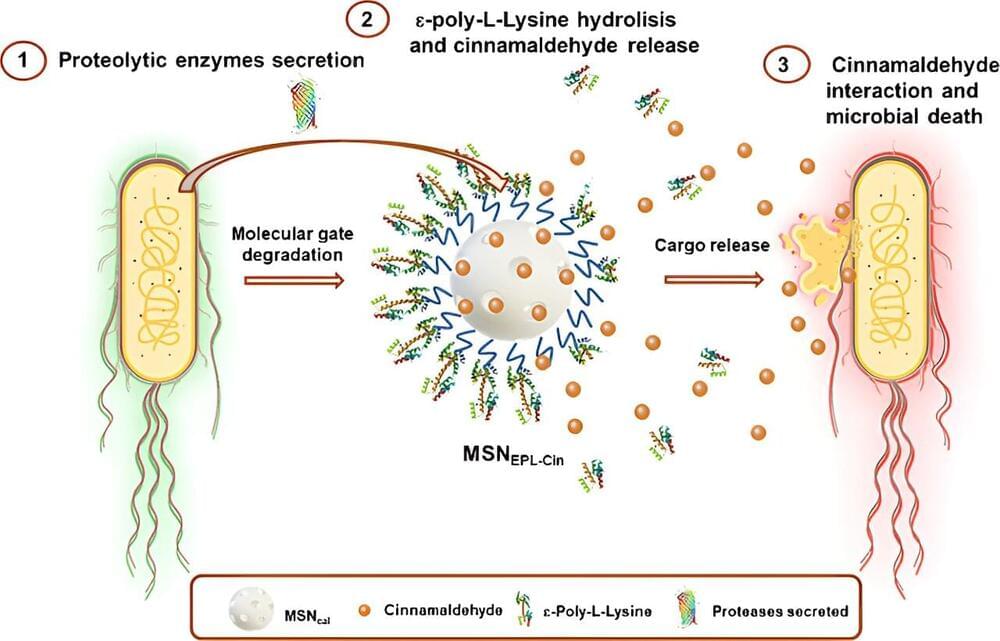

Graphene has been called “the wonder material of the 21st century.” Since its discovery in 2004, the material—a single layer of carbon atoms—has been touted for its host of unique properties, which include ultra-high electrical conductivity and remarkable tensile strength. It has the potential to transform electronics, energy storage, sensors, biomedical devices, and more. But graphene has had a dirty little secret: it’s dirty.
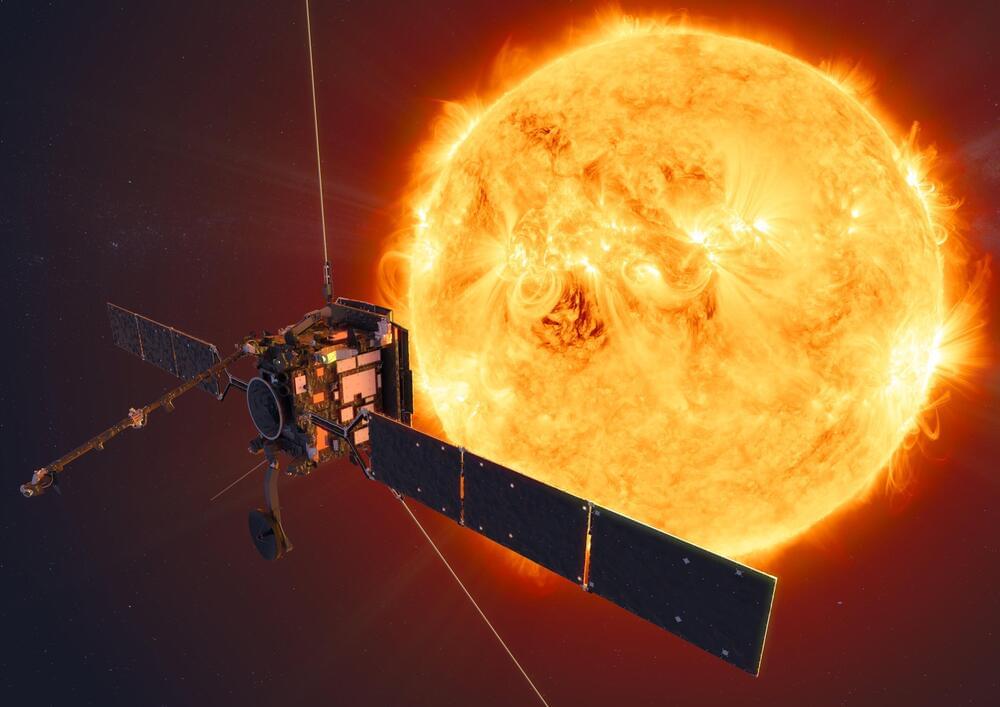
Described as “the most complex scientific laboratory ever to have been sent to the sun,” there are ten different scientific instruments onboard Solar Orbiter—some in situ to collect and analyze samples of the solar wind as it passes the spacecraft, and other remote sensing instruments designed to capture high quality images of activity at the sun’s surface.
By combining photographic and instrumental data, scientists have for the first time been able to identify more clearly where the slow solar wind originates. This has helped them to establish how it is able to leave the sun and begin its journey into the heliosphere—the giant bubble around the sun and its planets which protect our solar system from interstellar radiation.
Dr. Steph Yardley of Northumbria University, Newcastle upon Tyne, led the research and explains, The variability of solar wind streams measured in situ at a spacecraft close to the sun provide us with a lot of information on their sources, and although past studies have traced the origins of the solar wind, this was done much closer to Earth, by which time this variability is lost.
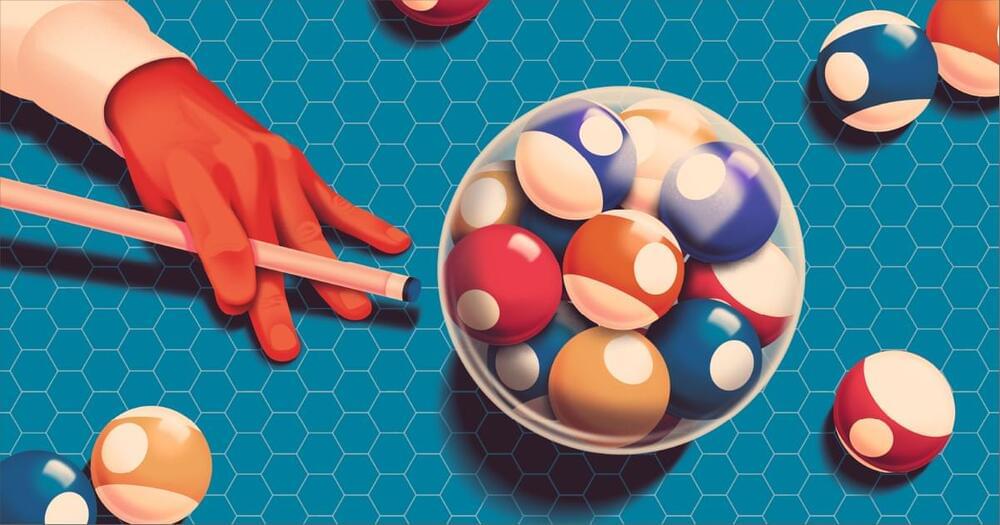
In the last year, two independent groups have observed electrons behaving like quasiparticles with fractional amounts of charge, like –²⁄₃ and –³⁄₅, without the influence of a magnetic field.
In the 127 years since the electron was discovered, it has undergone more scrutiny than perhaps any other particle. As a result, its properties are not just well known, but rote, textbook material: Electrons have a smidgen of mass and negative electric charge. In a conductor, they swim relatively unimpeded as a current; in an insulator, they barely move.
Over time, caveats have cropped up. Under an intense magnetic field, for example, electrons can lose their individual identities and form “quasiparticles”: collective entities, like the shape formed by a school of fish. But even these collective states have been well cataloged.
Strengthening global pandemic prevention, preparedness and response — priya basu — executive head, the pandemic fund secretariat, the world bank.
We are excited to announce a high-stakes debate on one of humanity’s oldest enigmas: aging. This event is not just a discussion, but a contest with a grand prize of 10,000 USDT for the winner. The debate aims to tackle the various theories and methodologies related to aging and seeks to uncover actionable insights through rigorous scientific discourse.
More info 👉 https://openlongevity.org/debates.
Follow the speakers’ accounts to stay updated on the latest developments in longevity.
Peter Fedichev.
X: https://x.com/fedichev.
Linkedin: / peterfedichev.
Gero:
X: https://x.com/hacking_aging.
Linkedin: / 4994380
Aubrey de Grey.
X: https://x.com/aubreydegrey.
Linkedin: / aubrey-de-grey-24260b.
Longevity Escape Velocity (LEV) Foundation.
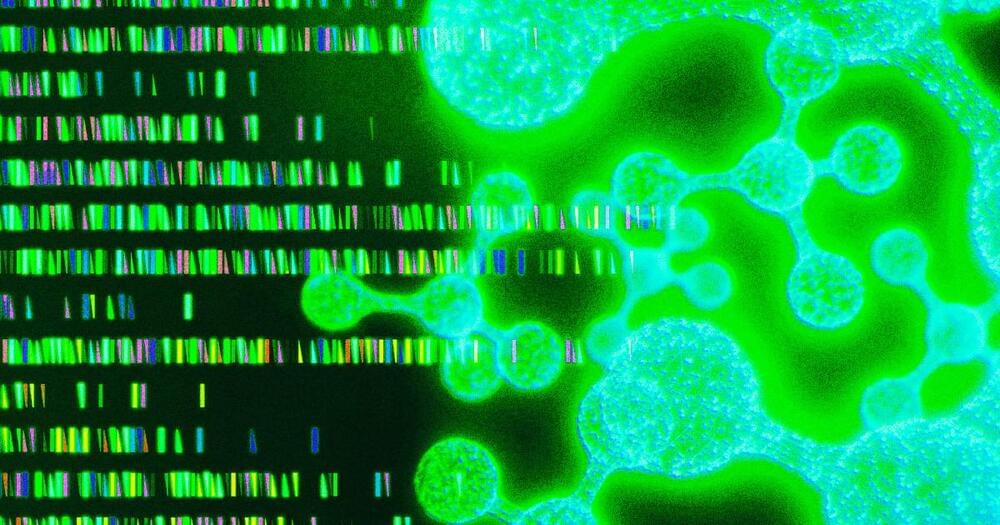
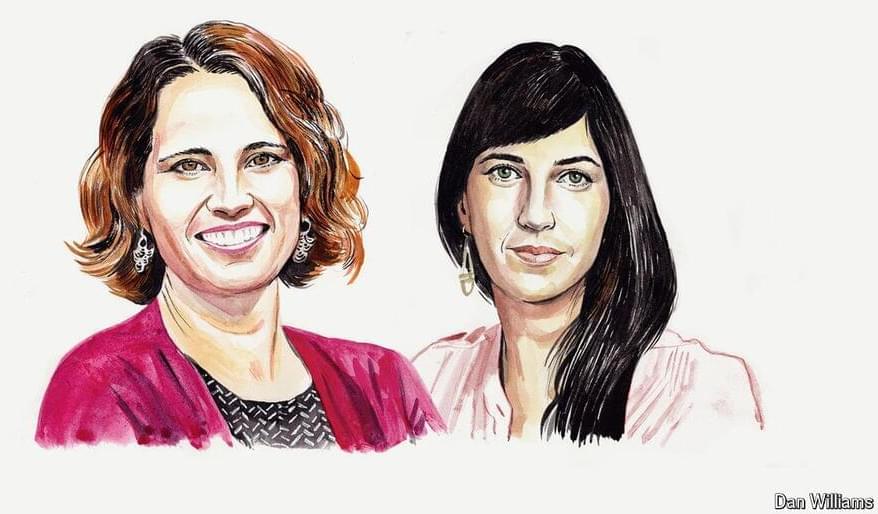
#LongevityWe’re born, we grow old, we die. It’s a rhythm long considered inevitable. But is it? Or is aging merely a disease awaiting…